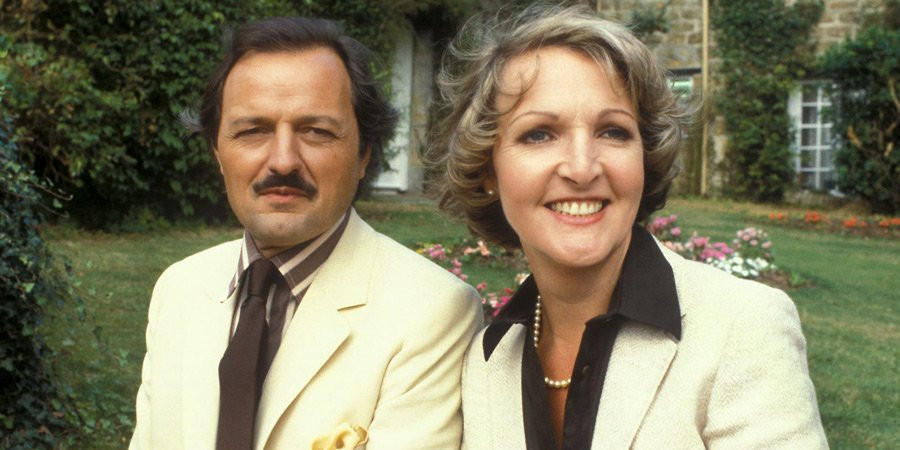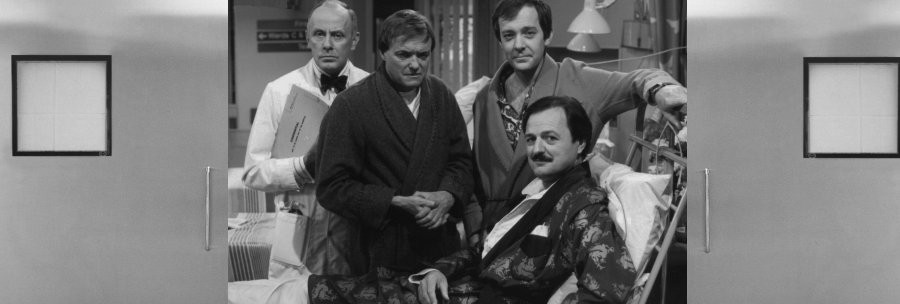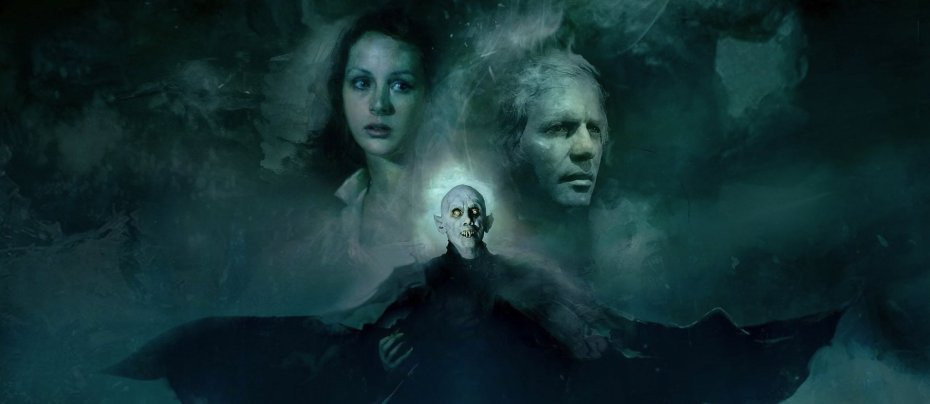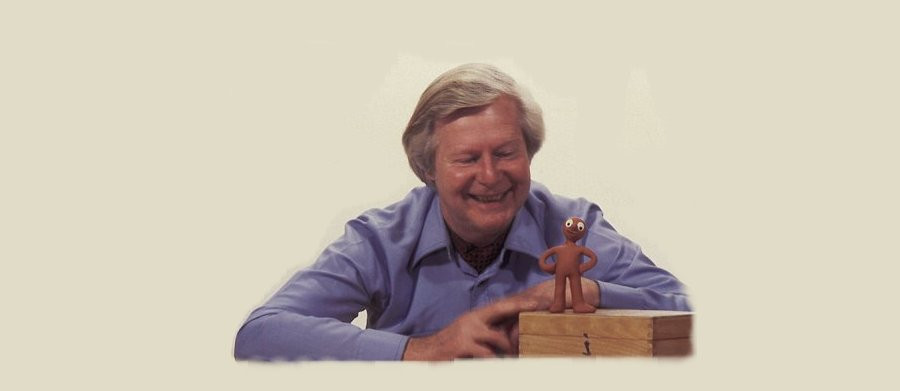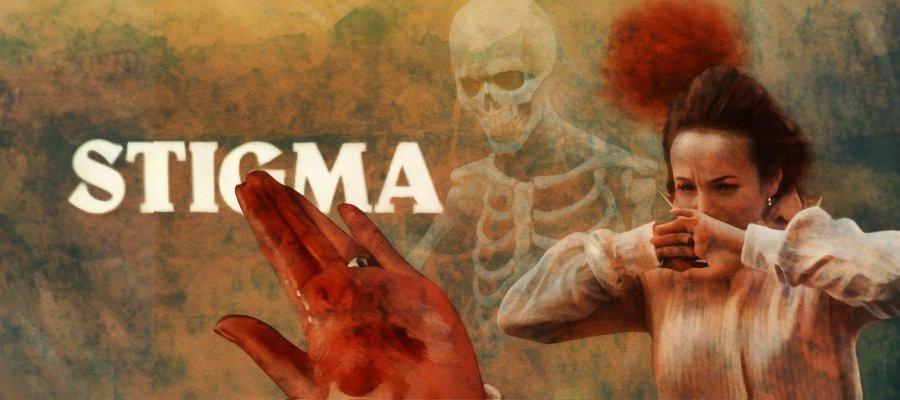
Stigma
1977 - United KingdomBroadcast in 1977 as part of the BBC’s long-running A Ghost Story for Christmas strand, Stigma marked both an ending and a departure. The annual series, which originally aired on BBC One between 1971 and 1978, consisted of short films between 30 and 50 minutes in length, each designed to capture the eerie pleasure of a fireside ghost story. With one exception, the original instalments were directed by Lawrence Gordon Clark and all were shot on 16 mm colour film and gave British television its most atmospheric chillers of the decade.
The remit behind the series was to provide a television adaptation of a classic ghost story, in line with the old oral tradition of telling supernatural tales at Christmas—a custom that flourished long before Halloween gained popularity in England. (Had it done so earlier, these stories might well have been shown at the end of October instead.) All told, A Ghost Story for Christmas became a beloved seasonal tradition, marrying literary chills with the distinctive atmosphere of 1970s BBC drama.
The first five stories are adaptations of ghost stories by M. R. James, the sixth is based on a short story, The Signalman by Charles Dickens. The adaptations, while remaining faithful to the eerie spirit of M. R. James, were carefully reshaped to suit the demands of television. For instance, A Warning to the Curious streamlines the intricate narrative of James’s original story, adopting a more straightforward, linear structure and dispensing with its multiple narrators to create a tighter, more cinematic experience. Clark, who had previously built his reputation as a BBC documentary filmmaker during the 1960s, made his dramatic debut with The Stalls of Barchester. Reflecting on that early production in a 2012 interview for the BFI’s DVD release, Clark recalled, “The BBC at that time gave you the space to fail, and generously so too. They backed you up with marvellous technicians, art departments, film departments, and so forth. Paul Fox gave us a tiny budget and we set out to do a full-blooded drama on location. Budgets were really tiny, and we shot for ten days and brought the film in for about £8,000.”
Stigma, however, broke with tradition in several striking ways. Written by Clive Exton, it was the first—and only—original screenplay of the 1970s run, and the first story set in contemporary Britain rather than in a mist-shrouded Edwardian past.
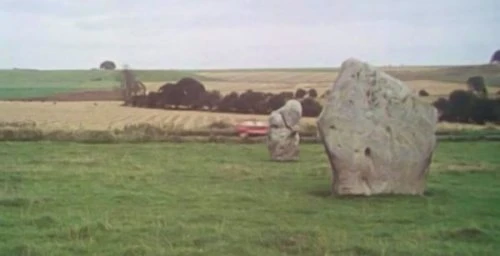
Clark had originally hoped to adapt M. R. James’s Count Magnus, but budgetary restrictions led to this modern tale of ancient terror instead. Filmed on location amid the prehistoric stone circles of Avebury, Wiltshire—also used for ITV’s Children of the Stones earlier the same year—the film trades ghostly subtlety for something rawer and more corporeal.
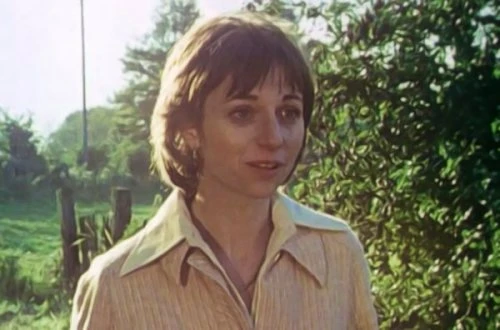
The story follows a city family—Katharine (Kate Binchy), her husband Peter (Peter Bowles), and their teenage daughter Verity (Maxine Gordon)—who have moved into a rural cottage. When workmen attempt to remove a large stone embedded in the lawn, their efforts seem to awaken a centuries-old curse. Katharine begins to bleed from invisible wounds, and when the stone is finally lifted, a skeleton is discovered beneath it. The implication is that she is reliving the death of a witch once executed and buried under the stone—a chilling metaphor for how the past refuses to stay buried.
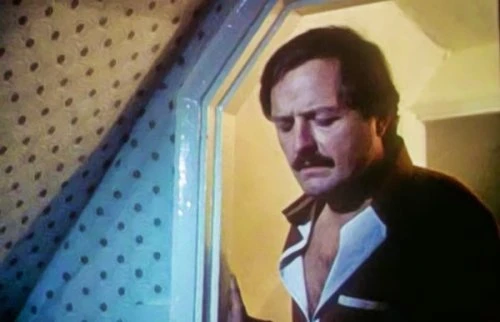
As ever with Clark’s direction, Stigma is visually striking and tautly made despite its modest budget, but its tone and content divide opinion. Many viewers and critics have noted that, while competent and atmospheric, it feels less like a ghost story and more like a modern horror tale. As David Kerekes observed in Creeping Flesh: The Horror Fantasy Film Book: Volume 1, “the problem is that this is not a ghost story. Stigma is a straight down the line horror story. Although it’s a perfectly competent television production, it just doesn’t fit in with the feel of what a Christmas ghost story should be.”
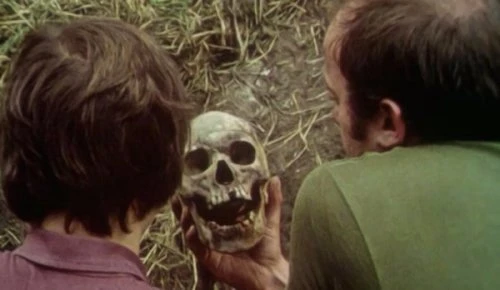
Still, Stigma remains a fascinating curio—the point where the genteel hauntings of the A Ghost Story for Christmas tradition brushed up against the visceral horror of the late 1970s. It may not have the quiet menace of M. R. James, but its blend of ancient folklore and psychological unease has its own haunting power. And if you’re looking for something unnerving to watch this Halloween, its half-hour of slow-building dread might be just the thing to raise the hairs on the back of your neck.
Seen this show? How do you rate it?
Seen this show? How do you rate it?
Published on October 30th, 2025. Written by Percival Wexley-Smith for Television Heaven.


